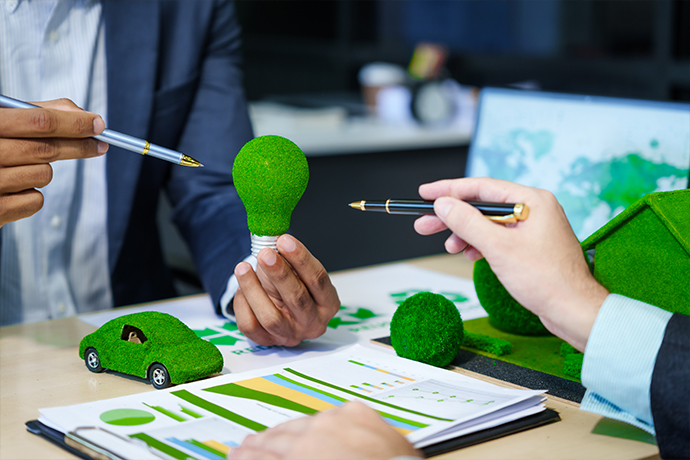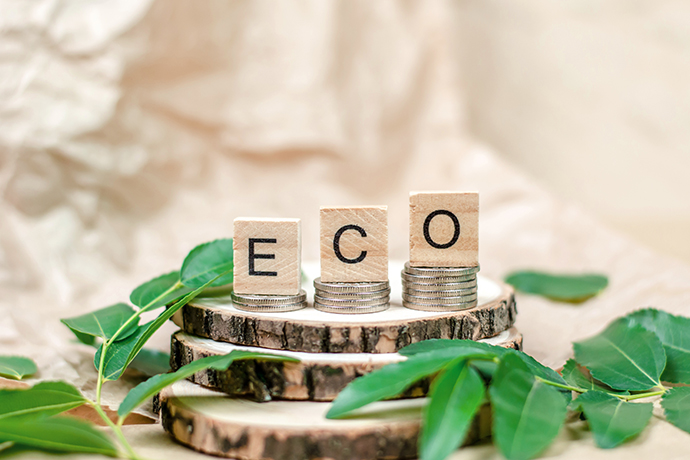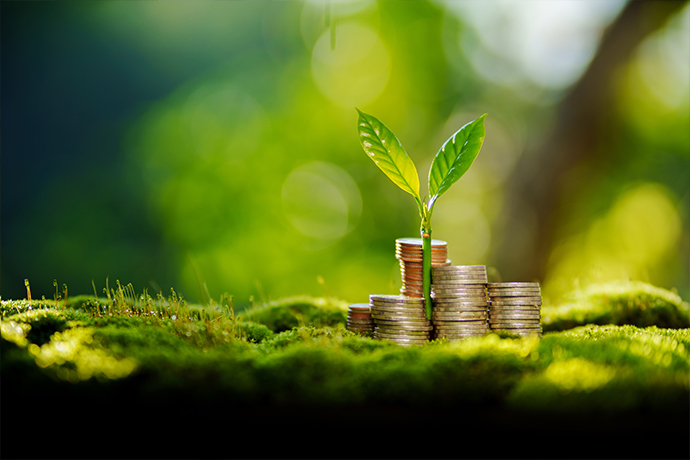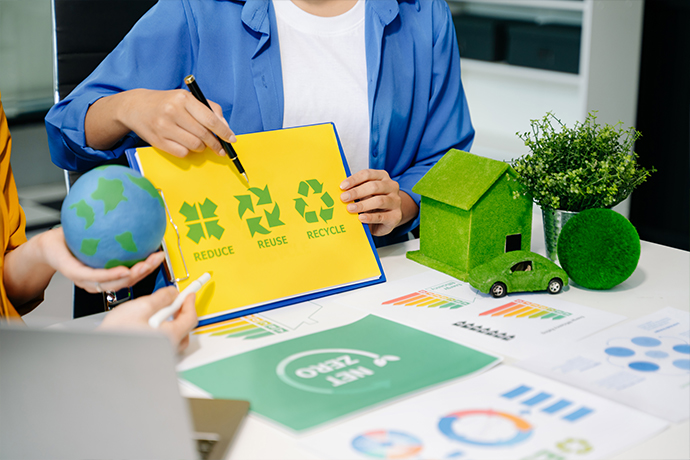 SPEAKERS
SPEAKERS
 TOPICS
TOPICS
Economic sustainability is the secret to building an economy that preserves the environment and protects societal well-being. Learn what this approach entails and strategies for achieving a resilient future.

There have been tremendous changes in the global landscape. Think of inflation, environmental degradation, and inequality, to mention just a few setbacks that have been witnessed over the past years. These changes have been putting a lot of pressure on modern economies, making the idea of economic sustainability a necessity, not just an option.
The aim of economic sustainability development is to create systems that can support long-term economic health while ensuring environmental protection and promoting social equity. This approach is critical for creating a resilient future that balances growth with responsibility. Forward-thinking businesses, governments, and communities are now seeking expert guidance. And with the guidance of experienced economy speakers, all these bodies will have better insights into how to navigate this shift. Keep reading to understand what economic sustainability entails, and how to achieve this goal.

As the name suggests, economic sustainability is mostly about environmental and social well-being protection. This practice aims to maintain economic stability over time, by promoting development that meets today’s needs, while preserving resources for future use. This model differs from most approaches that primarily focus on monetary profits while ignoring the harm they would cause to the environment and social equity.
Economic sustainability also involves using resources wisely while observing critical aspects like fair wages, ecosystem protection, and innovations. A good example of how it works is when the government and companies invest in renewable energy. Although fossil fuels may seem like the most convenient options since they offer immediate returns, they damage the environment and pose future risks. On the other hand, renewable energy sources offer ongoing benefits without depleting natural resources.
So, what is sustainable economic growth? It can be termed as the type of economic growth that promotes better living standards without causing harm to the surrounding, thus making the developments something that will keep going for the longest time.

While progress is in most cases measured through GDP and profit margins, there is no doubt that these numbers are not a full representation of what happens behind the scenes. True progress should consider the development’s long-term impact, resource depletion, and social fairness. That’s where economic sustainability comes in.
Protects Natural Resources: Unsustainable industries exploit forests, fossil fuels, and water sources. Over time, this leads to scarcity and economic instability. Economic sustainability safeguards these resources through responsible use and renewal.
Fosters Social Equity: Economies that favour a small elite are more prone to unrest and inefficiency. Economic growth and sustainability must uplift all people by offering jobs, education, and healthcare across society.
Builds Resilient Systems: The COVID-19 pandemic showed how fragile global supply chains and economic systems can be. Sustainable economies are more diverse, self-reliant, and adaptable to crisis.
Encourages Innovation: Long-term thinking leads to smarter investments in renewable energy, circular manufacturing, and future-ready industries.
Boosts Investor Confidence: Modern investors look at ESG (Environmental, Social, Governance) metrics. Businesses and nations with sustainable practices attract more funding and partnerships.
The question is no longer whether to adopt economic sustainability development but how to implement it effectively.
Ensuring long-term prosperity takes more than awareness. It requires concrete steps. Here are six practical strategies to strengthen economic sustainability in any country or organization:
Infrastructure is the backbone of a sustainable economy. Investing in green technologies—like solar grids, electric public transport, and smart city systems—can reduce emissions and create jobs.
Developing clean infrastructure also makes urban areas more livable and boosts competitiveness. Governments can incentivize private-sector participation through green bonds and public-private partnerships.
Such forward-thinking investments ensure that development does not compromise future generations’ needs.
Linear models that involve taking resources, and using and discarding them can be wasteful. A circular economy maximizes the lifespan of materials by recycling, reusing, and repurposing them. This strategy helps reduce dependence on raw materials and lowers manufacturing costs. It also limits landfill use and cuts emissions.
Businesses adopting circular practices not only gain environmental credibility but often increase profit through efficiency. This is a key pillar of economic sustainability development.
Supporting SMEs (small and medium-sized enterprises) is one of the most powerful ways to ensure economic sustainability at the grassroots level.
Local businesses stimulate regional economies, generate employment, and often respond more quickly to community needs. With adequate support in terms of training, financing, and digital tools, these businesses can thrive sustainably. Additionally, local supply chains reduce transportation emissions and strengthen resilience during global disruptions.
An educated, skilled workforce is essential for sustained economic growth. Countries that invest in human capital enjoy better innovation, productivity, and adaptability.
Sustainable education systems should focus on digital literacy, green skills, entrepreneurship, and life-long learning. Upskilling and reskilling workers ensure they can transition to emerging industries such as green tech, AI, and sustainable agriculture. This investment benefits both individuals and the broader economy.
Corporations wield enormous influence. Encouraging them to operate with economic sustainability in mind benefits both society and shareholders.
Businesses should incorporate ESG standards, ethical sourcing, employee well-being, and long-term risk assessments into their models. Consumers are increasingly favouring brands that act responsibly. Partnering with expert sustainability speakers can help corporations understand their environmental and social impact and take meaningful steps to reduce it.
Issues like climate change, migration, and global health require unified action. No single nation can achieve economic sustainability alone.
Multilateral trade agreements, climate finance for developing nations, and global innovation partnerships support collective resilience. Developed economies must lead responsibly by sharing resources and technology. Collaborating on these challenges aligns short-term economic interests with long-term global survival.

In an age of uncertainty, economic sustainability offers a blueprint for resilient, inclusive, and environmentally sound growth. It answers not only what economic sustainability is but also how to implement it in ways that truly matter.
The six strategies outlined are not only feasible but essential. Business leaders, educators, and policymakers can play a part in creating a future where prosperity is shared and sustained. If you are unsure of how to integrate these approaches in your organization, sustainability speakers are there to offer insights to help you get started.